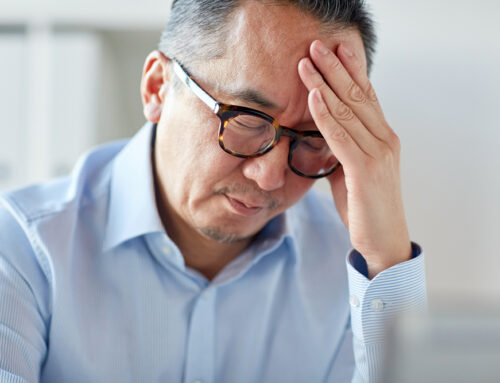Are you one of the millions of Americans suffering from low back pain? You now have options to get better that don’t involve pain medications or surgery. Since low back pain affects such an overwhelming share of the population at least sometimes in their lives and causes healthcare costs and economic losses in the tens of billions of dollars each year, there’s considerable interest in finding ways to help people deal with their pain.
Many people instinctively reach for ibuprofen or other NSAIDs for pain relief, but these are not benign drugs, in spite of the fact that they are available over the counter. More recalcitrant pain may lead doctors to prescribe muscle relaxants (e.g. baclofen) or opioid (e.g. vicodin, percocet) or narcotic-like (e.g. tramadol) medications. These pharmaceutical drugs, in addition to their detrimental side-effects, also carry a high risk of addiction.
Often, doctors will initially order imaging tests (e.g. x-rays, MRIs, CT scans) and recommend spinal surgery if they believe that abnormalities visible in these work-ups are the cause of pain. Unfortunately, there is no consistent relationship between disk herniations and back pain. Many patients experience only temporary or no improvement after surgery. They may also lose mobility and risk more degeneration in the future.
A New Direction In Pain Management
The recently updated joint practice guideline for the diagnosis and treatment of low back pain by the American College of Physicians and American Pain Society is a breath of fresh air. It recommends that physicians should conduct a focused history and physical examination to exclude serious conditions such as spinal stenosis and cancer. Not everyone will need an MRI. Patient education about the causes of low back pain and strategies for self-care should be emphasized. Pain medications should be used only if indicated and considered safe. Patients who do not improve with self-care alone should be informed about non-invasive, non-pharmaceutical treatment options, including acupuncture, exercise therapy, massage, relaxation techniques, spinal manipulation, and yoga.
A Different Approach to Back Pain
In my work with patients who experience acute or chronic back pain, I use a multi-faceted approach that combines several holistic treatment strategies. Acupuncture with its associated modalities (electrical stimulation, moxibustion, guasha, cupping), manual therapy (tuina, myofascial release) and Chinese herbal prescriptions, which can relieve pain, improve circulation and promote tissue healing, often form the foundation of my treatments.
There are also several important aspects to my treatment approach which are informed by naturopathic medicine. They include botanicals and nutritional supplements known to have anti-inflammatory actions. Certain nutritional shifts may also be helpful to reduce pain and improve functioning. The least popular with my patients is often the recommendation to wean themselves off coffee.
I integrate techniques to improve body awareness and posture, strengthen as well as relax the musculoskeletal system, and develop an appropriate exercise routine.
Give Your Back the TLC It Needs
John Sarno, a pioneer in the field of healing back pain, who passed away last month, brought an intelligent understanding of the mind-body connection to the attention of the general public. His books in which he describes the mutual relationships between our emotions and pain have helped countless back pain suffers realize the bigger picture of why they experience pain and how to free themselves from it. Most of the back pain people have originates in the soft tissues of the body, especially the muscles, which can become dysfunctional in response to our mental-emotional state. This insight can open the door for you to a more loving and caring relationship with your hard-working back; many people have experienced instant relief of their back pain. Amazing!
© 2022 Christiane Siebert








Leave A Comment